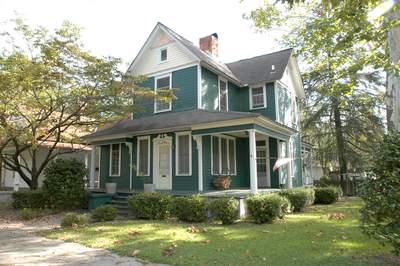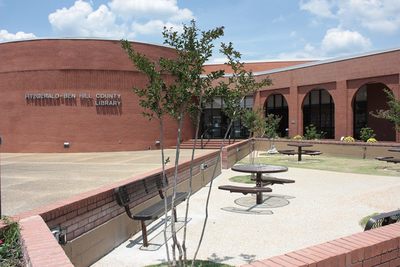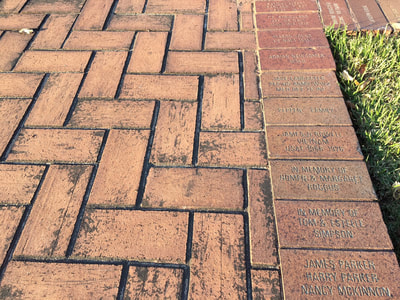City of Fitzgerald History
The City of Fitzgerald was the brainchild of Philander H. Fitzgerald, a Union pension attorney from Indianapolis who sold the idea of a balmy weather colony for northern veterans through his newspaper, The American Tribune. Some 2700 settlers fled mid-western droughts and harsh winters in 1895 to join 600 or more southern veterans in founding a new four-square city amidst the pine barrens of South Georgia.
City planning included the best of ideas from around the country, such as dedicated public land for schools, parks, and a cemetery. Streets were named for Union and Confederate generals, southern rivers, southern plants, and notable ships. The Philadelphia numbering system was adopted.
Annual Pioneer Picnics were held in Blue & Gray Park to honor the veterans until their numbers dwindled away in the 1940s. Their legacy lives today in the Blue & Gray Museum housed in the restored A,B,&A depot. Artifacts brought home from the war reside along with tokens of early life in Fitzgerald.
What you won’t find in our community are statues honoring the men of either army. Laying the war to rest and living as one was clearly their intent. The first chapter of the Blue and Gray Association – a veterans group for both sides – was founded soon after northern and southern veterans forsook separate parades and marched as one during the 1896 harvest festival. The only monument planned was a Peace and Reunification Memorial costing more than $20,000, a sum equivalent to over half a million dollars today. The money was never raised.
City planning included the best of ideas from around the country, such as dedicated public land for schools, parks, and a cemetery. Streets were named for Union and Confederate generals, southern rivers, southern plants, and notable ships. The Philadelphia numbering system was adopted.
Annual Pioneer Picnics were held in Blue & Gray Park to honor the veterans until their numbers dwindled away in the 1940s. Their legacy lives today in the Blue & Gray Museum housed in the restored A,B,&A depot. Artifacts brought home from the war reside along with tokens of early life in Fitzgerald.
What you won’t find in our community are statues honoring the men of either army. Laying the war to rest and living as one was clearly their intent. The first chapter of the Blue and Gray Association – a veterans group for both sides – was founded soon after northern and southern veterans forsook separate parades and marched as one during the 1896 harvest festival. The only monument planned was a Peace and Reunification Memorial costing more than $20,000, a sum equivalent to over half a million dollars today. The money was never raised.

























